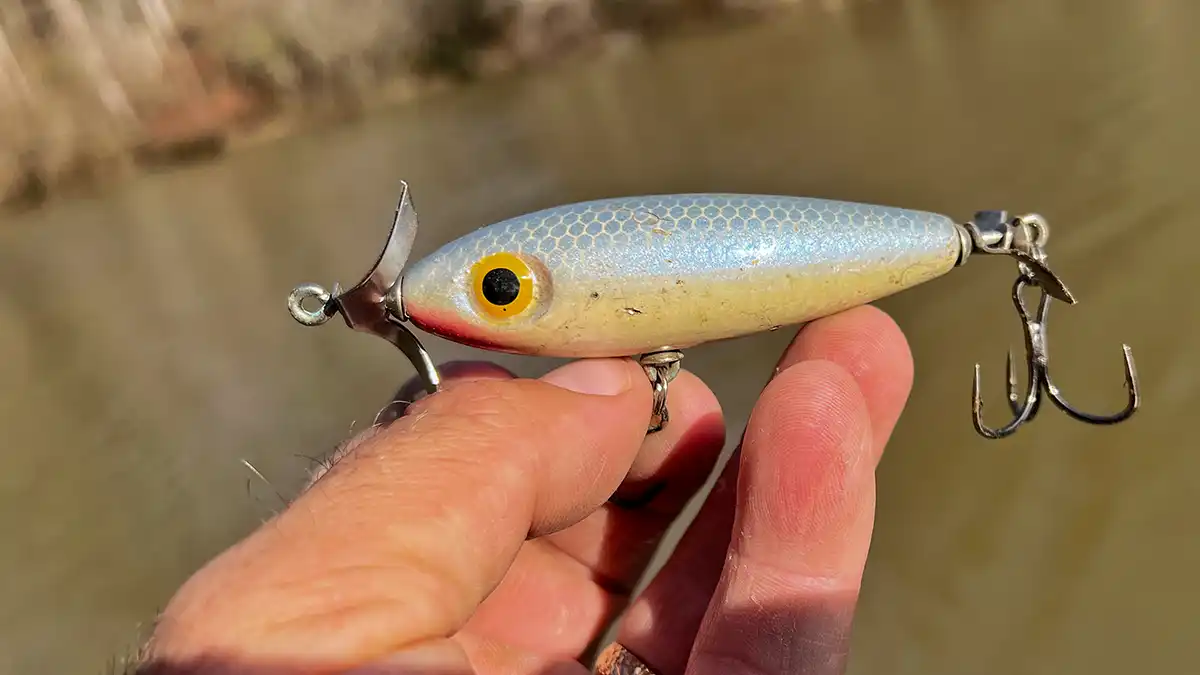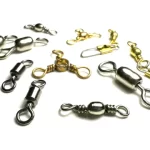Monofilament fishing line is a versatile asset often underestimated by anglers. Below are ten ways monofilament can significantly improve your bass fishing experience, challenging preconceptions about its effectiveness in various applications.
1. Beginner Forgiveness: Monofilament’s softness, affordability, and forgiveness make it ideal for beginners. Embracing mono early in your angling journey maximizes your chances of success, avoiding unnecessary expenses and frustrating backlashes associated with more advanced lines.
2. Backing: Monofilament serves as cost-effective backing for braided and fluorocarbon lines, reducing spooling expenses. Using 15- to 20-pound test mono as backing optimizes line usage and minimizes costs.
3. Carolina Rig Leader: Monofilament’s buoyancy alters the dynamics of Carolina rigs, allowing soft plastic baits to float slightly. This adjustment enhances the bait’s movement within the underwater cloud, potentially attracting more bass.
4. Close-Quarter Topwater: Monofilament and braid both float, making them suitable for topwater fishing. However, in close-quarter scenarios like finesse popper fishing, mono’s stretch offers forgiveness, preventing hooks from ripping free during intense, short-line fights.
5. Wake Baits: In clear water, monofilament outperforms braid for wake baits with smaller treble hooks. The buoyancy of mono makes it less noticeable, providing an advantage in enticing strikes from bass.

6. Twin Prop Leader: Using mono as a leader for twin-prop baits prevents braid tangling in the front prop. The buoyant mono stays in front, minimizing interference with the bait’s spinning action.
7. Shallowing Up Crankbaits: Higher-pound test monofilament decreases the diving range of crankbaits, enabling effective use in shallow water. This technique maintains the bait’s action while reducing depth, presenting opportunities in shallower environments.
8. Flipping Wood or Vines: In situations involving woody cover, mono’s larger diameter prevents it from cutting into the structure. Heavier-pound test mono, around 30 pounds, aids in wrestling fish out of cover without sacrificing strength.
9. Adding Buoyancy to Suspending Lures: Monofilament’s buoyancy allows modification of jerkbait behavior. It can be used to make the bait suspend or even float, crucial for enticing sluggish bass during colder months.
10. Slowing Reactions: The stretch in mono provides a split-second longer to process bites, reducing knee-jerk reactions. This can improve your hookup ratio, especially with treble-hooked baits that bass often short-strike.
Monofilament, often overshadowed by advanced lines, emerges as a valuable tool in specific bass fishing scenarios. Understanding its unique properties and incorporating it judiciously can enhance your overall angling performance, making you a more versatile and successful bass angler.
Images/Source: Wired2Fish





